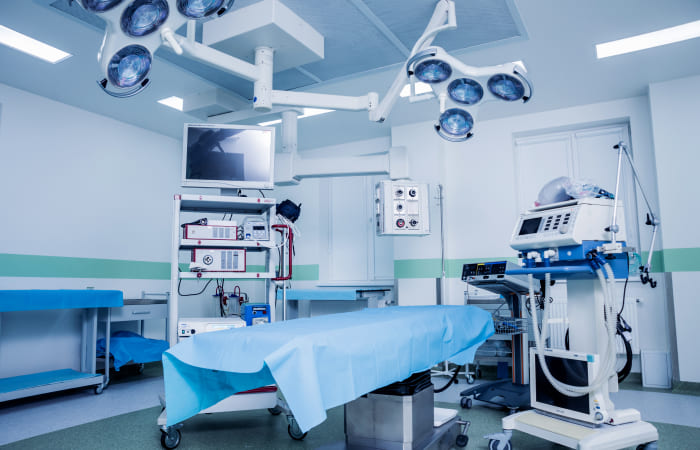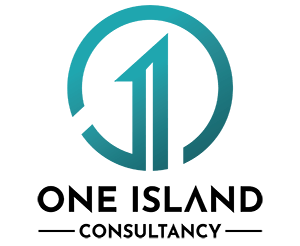
What is FSSC 22000: Food Safety System Certification
August 4, 2023
Understanding GDPMD: Good Distribution Practice for Medical Devices
August 4, 2023Introduction: ISO 13485
ISO 13485 is an internationally recognised standard specifically designed for the medical device industry. It outlines the requirements for a comprehensive quality management system that ensures the consistent design, development, production, and distribution of medical devices.
Compliance with ISO 13485 demonstrates a commitment to meeting regulatory requirements, maintaining product safety and efficacy, and continuously improving the quality of medical devices. It serves as a framework for organisations to establish and maintain effective quality management systems tailored to the unique needs of the medical device industry.
How Does ISO 13485 Differ From Other Quality Management Standards?
ISO 13485 differs from other quality management standards in several key aspects. While there may be some overlap between ISO 13485 and other quality management standards, ISO 13485 provides a more tailored and focused approach to quality management in the medical device industry, addressing this sector’s specific needs and challenges.
| Aspects | Explanations |
| Industry Focus | – ISO 13485 is specifically designed for the medical device industry. – Addresses the specific regulatory and quality requirements of medical device manufacturing. – Other standards, like ISO 9001, have a broader scope and apply to various industries – ISO 13485 focuses on designing, developing, producing, and distributing medical devices. It ensures compliance with regulatory frameworks specific to the medical device industry. |
| Regulatory Conformation | – ISO 13485 strongly emphasises meeting regulatory requirements for medical devices. – It aligns with global regulatory frameworks relevant to the medical device industry. – ISO 13485 helps organisations demonstrate compliance with regulatory authorities. – Other quality management standards may not have the same level of focus on regulatory requirements specific to the medical device industry. |
| Management of Risk | – ISO 13485 incorporates a systematic approach to risk management for medical devices. – It ensures that organisations identify and mitigate device safety and performance risks. – This includes conducting risk assessments, implementing control measures, and managing risks throughout the product life cycle. – Other quality management standards also include risk management, but ISO 13485 provides more specific guidance for medical device risk management. |
| Requirements for Documentation | – ISO 13485 has specific documentation requirements designed for the medical device industry. – These requirements encompass procedures for design and development, production, validation, verification, and other critical activities. – The documentation requirements of ISO 13485 are tailored to the unique needs of medical device manufacturing. – In contrast, other quality management standards may have different documentation requirements that are not as specific to medical device manufacturing. |
| Realisation of Products | – ISO 13485 places emphasis on the product realisation process for medical devices. – It includes design controls, validation, verification, and process validation. –These activities are crucial in ensuring medical devices’ safety, efficacy, and regulatory compliance. – Other quality management standards may have different requirements for product realisation depending on the industry. |
What Are The Main Requirements Of ISO 13485?
These requirements aim to ensure the consistent quality, safety, and regulatory compliance of medical devices throughout their lifecycle, from design to distribution and post-market surveillance. The main requirements of ISO 13485 can be summarised as follows.
- Realisation of Goods
Putting in place procedures for the development, manufacture, and maintenance of medical devices, including design controls and process validation.
- Analysis, Measurement, and Improvement
Setting into practice methods for process monitoring and measurement, internal auditing, dealing with nonconformities, and putting corrective and preventative measures into practice.
- Regulatory Conformity
Ensuring adherence to the respective markets’ appropriate regulatory requirements for medical devices.
- System of Quality Management
Establishing and upholding an ISO 13485-compliant quality management system.
- Management Obligation
Determining roles, responsibilities, and authorities throughout the company shows top management’s dedication to quality.
- Resource Management
Ensuring the availability of necessary resources, including competent personnel, infrastructure, and an appropriate work environment.
- Documentation
Establishing and maintaining appropriate documentation, including quality manuals, procedures, work instructions, and records.
How Does A Business Obtain ISO 13485 Certification?
Remember, the certification procedures may change based on the certification body and the nation in which the certification is requested. To effectively complete the ISO 13485 certification procedure, it is advised to obtain advice from a respected certification body or consultancy. The following actions are necessary to obtain ISO 13485 certification.
- Gap Analysis
Assess the current quality management system against the requirements of ISO 13485 to identify any gaps or areas that need improvement.
- Documentation Development
Develop and implement the necessary documentation, including quality manuals, procedures, work instructions, and records, to align with ISO 13485 requirements.
- Internal Audits
Conduct internal audits to evaluate the effectiveness and adherence of the quality management system to ISO 13485.
- Corrective Actions
Address any non-conformities or areas for improvement identified during internal audits by implementing appropriate corrective actions.
- Certification Body Selection
Choose an accredited certification body to conduct the external audit for ISO 13485 certification. Ensure that the certification body has experience in the medical device industry.
- Stage 1 Audit
The certification body performs an initial audit to assess the organisation’s readiness for the certification process. This includes a review of documentation and processes.
- Stage 2 Audit
The certification body conducts a comprehensive audit to evaluate the implementation and effectiveness of the quality management system. This includes on-site inspections and interviews with personnel.
- Certification Decision
Based on the stage 2 audit findings, the certification body decides whether to grant ISO 13485 certification. If all requirements are met, the organisation receives the certification.
- Surveillance Audits
After certification, surveillance audits are conducted regularly to ensure compliance with ISO 13485 requirements.
Summary
As a framework for creating and maintaining efficient quality management systems, ISO 13485 is crucial to the medical device sector. It aids businesses in complying with legal requirements, guarantees the efficiency and safety of medical devices, and boosts client confidence.
The accomplishment of ISO 13485 certification displays a dedication to quality and legal compliance, which may increase market access and customer satisfaction. Businesses can improve their overall operations, reduce risks, and support the development of the medical device industry by adhering to ISO 13485 regulations and consistently upgrading their quality management systems.
Contact our ISO consultant and training providers for compliance guidelines and certification for ISO 13485 in Malaysia or inquire about other ISO certifications.





